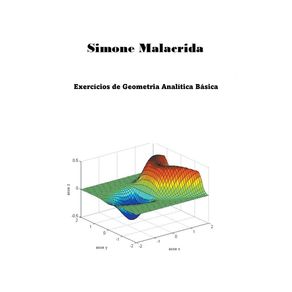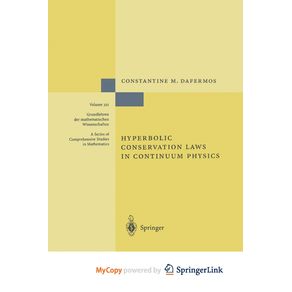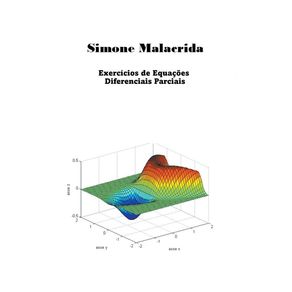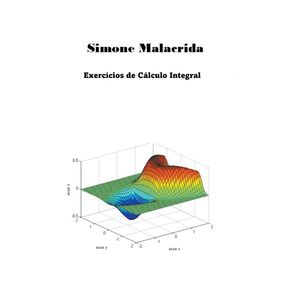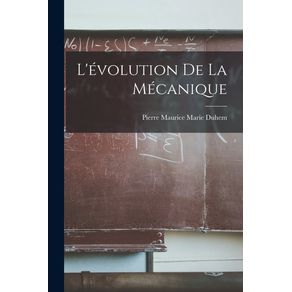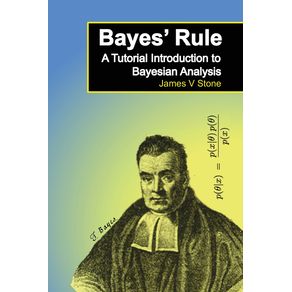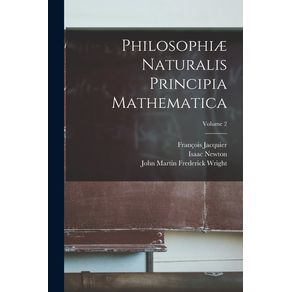-
DEPARTAMENTOS
- ANIMAIS DE ESTIMAÇÃO
- ARTES
- AUTO AJUDA
-
BEM ESTAR E LAZER
-
CATEGORIAS
-
-
CULINÁRIA E GASTRONOMIA
-
CATEGORIAS
-
-
ESPORTES
-
CATEGORIAS
-
- INFANTIL
-
RELIGIÃO
-
CATEGORIAS
-
- ADMINISTRAÇÃO E NEGÓCIOS
-
CIÊNCIAS BIOLÓGICAS E NATURAIS
-
CATEGORIAS
-
- DIREITO
- ECONOMIA
-
MEDICINA
-
CATEGORIAS
-
-
TODOS DEPARTAMENTOS
-
INTERESSE GERAL
-
LIVROS TÉCNICOS
-
- IMPORTADOS
Foundations of Projective Geometry
Cód:
491_9784871878371
Foundations of Projective Geometry
Autor:
Editora:
Código:
491_9784871878371
Vendido e entregue por Um Livro
The first geometrical properties of a projective nature were discovered in the third century by Pappus of Alexandria. Filippo Brunelleschi (1404-1472) started investigating the geometry of perspective in 1425. Johannes Kepler (1571-1630) and Gerard Desargues (1591-1661) independently developed the pivotal concept of the point at infinity. Desargues developed an alternative way of constructing perspective drawings by generalizing the use of vanishing points to include the case when these are infinitely far away. He made Euclidean geometry, where parallel lines are truly parallel, into a special case of an all-encompassing geometric system. Desarguess study on conic sections drew the attention of 16-years old Blaise Pascal and helped him formulate Pascals theorem. The works of Gaspard Monge at the end of 18th and beginning of 19th century were important for the subsequent development of projective geometry. The work of Desargues was ignored until Michel Chasles chanced upon a handwritten copy in 1845. Meanwhile, Jean-Victor Poncelet had published the foundational treatise on projective geometry in 1822. Poncelet separated the projective properties of objects in individual class and establishing a relationship between metric and projective properties. The non-Euclidean geometries discovered shortly thereafter were eventually demonstrated to have models, such as the Klein model of hyperbolic space, relating to projective geometry.
Veja mais
